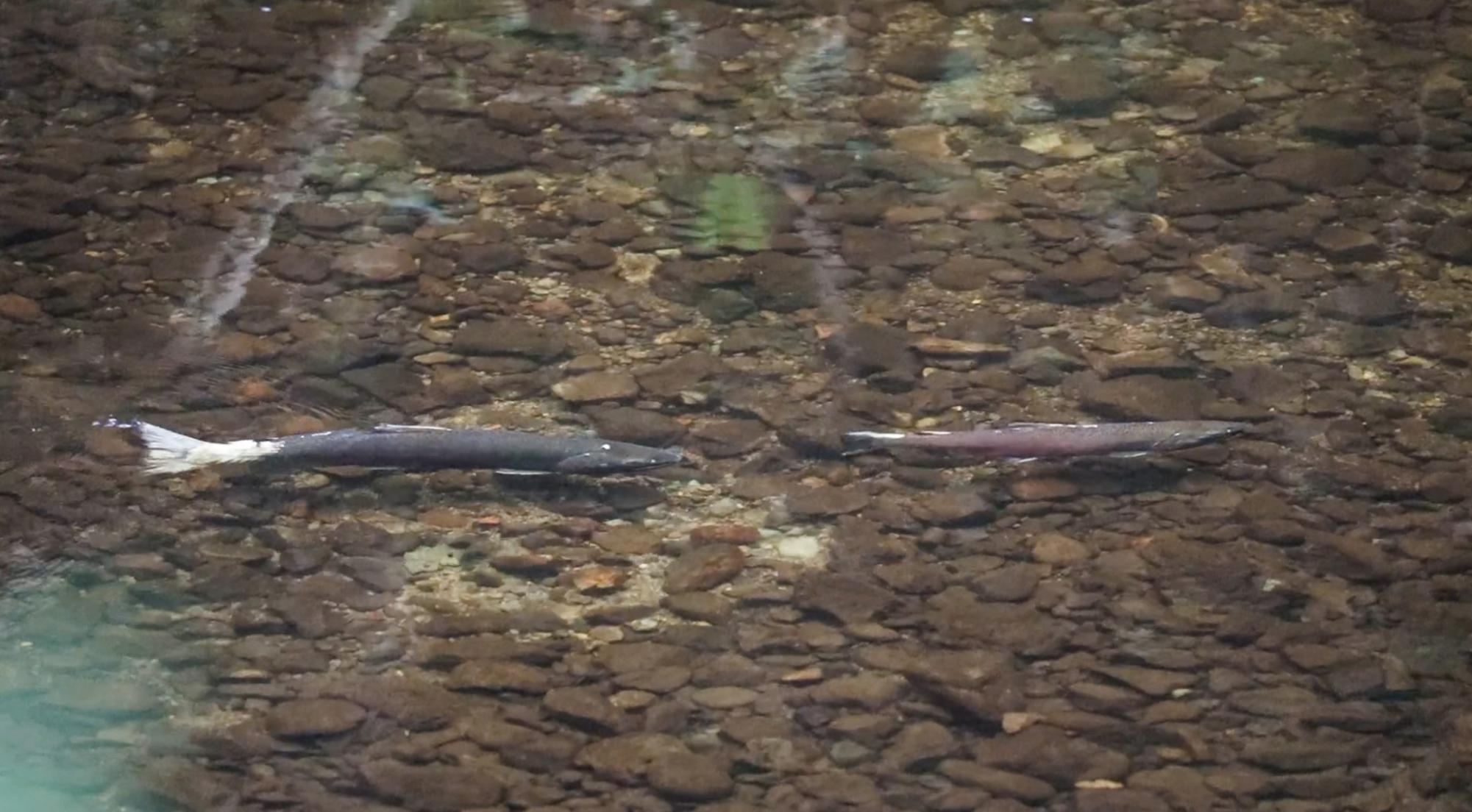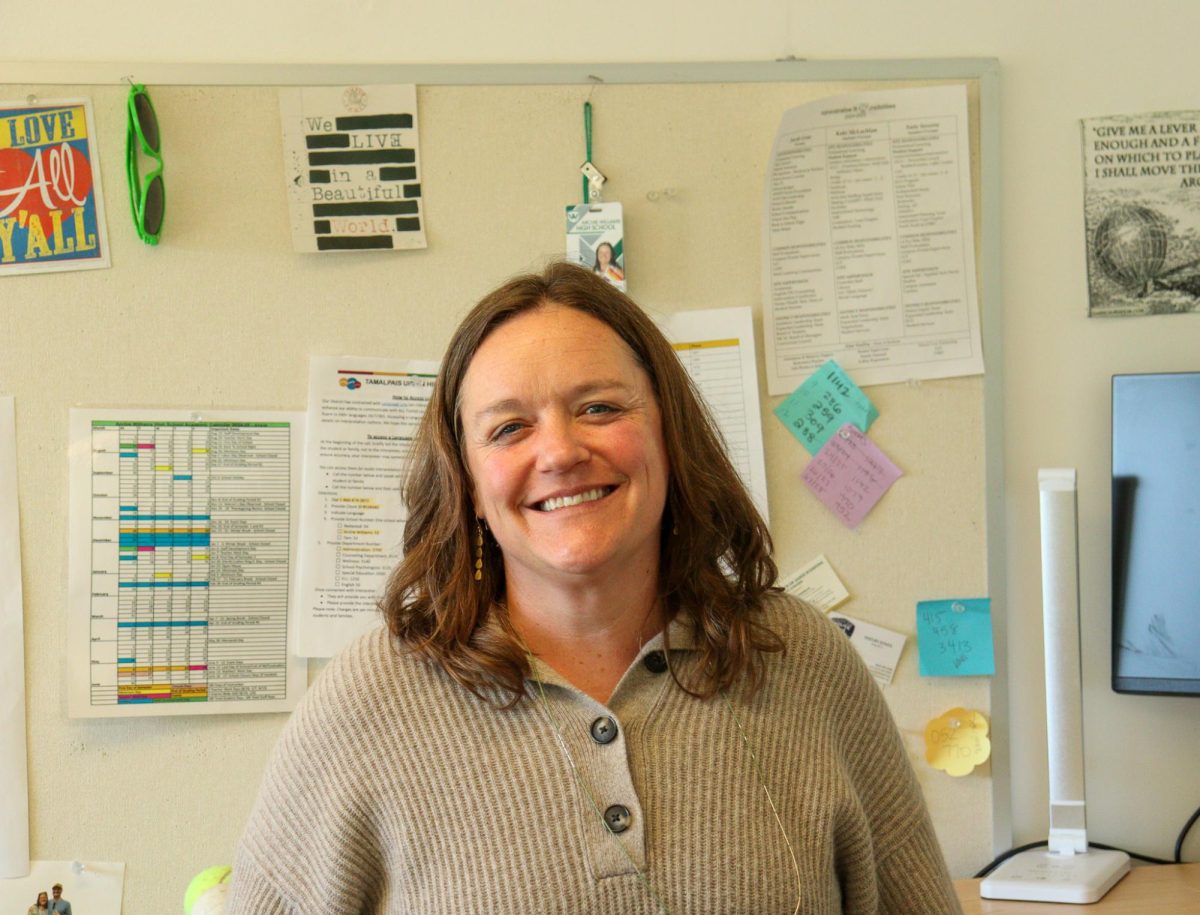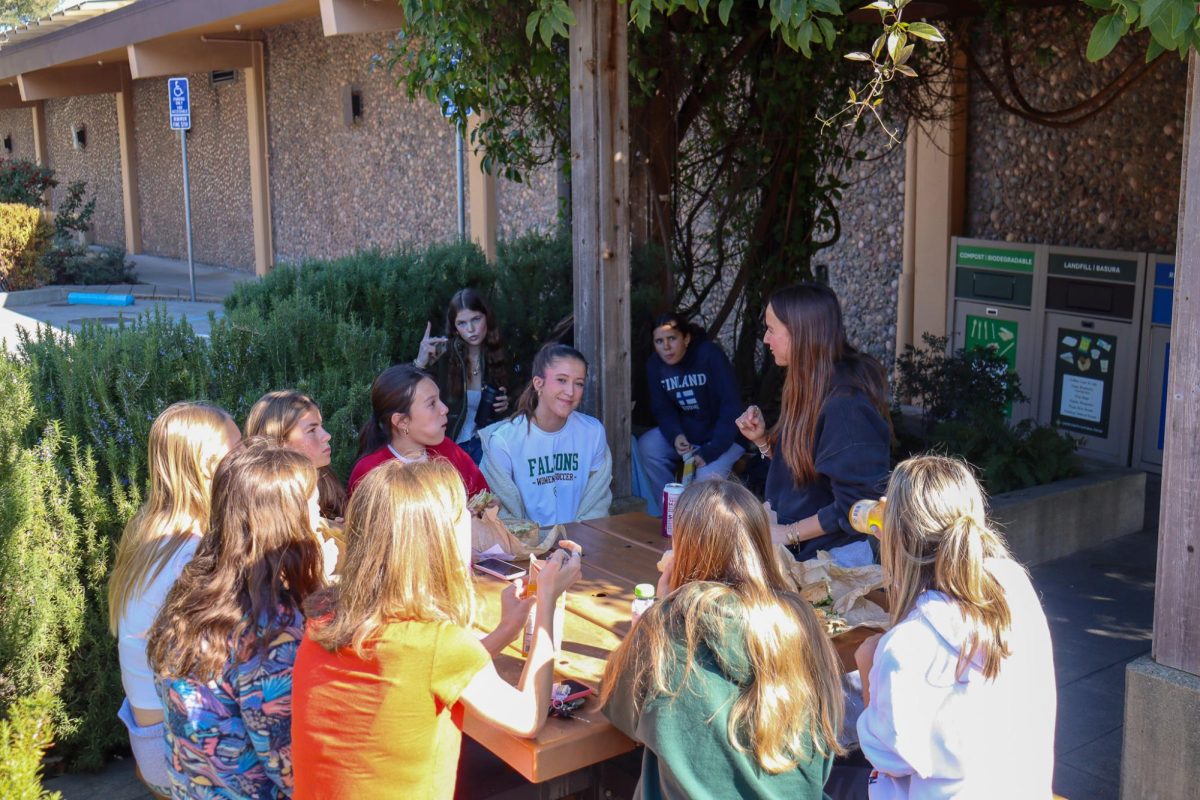Coho and steelhead salmon have remained on the endangered species list since the 2000s, slowly joined by 27 other species of salmon throughout the decades. Despite the species’ endangerment, Lagunitas Creek in Marin County boasts some of the largest numbers of coho and steelhead on the Central California coast, along with non-native species Chinook, Chum, and Pink salmon.
The Marin Salmon Protection And Watershed Network (SPAWN) states on their website that the Lagunitas creek supports up to 20 percent of the endangered Coho salmon population. According to SPAWN watershed biologist Nyna Hong, Lagunitas Creek is crucial to endangered coho salmon preservation. The creek’s geography and local restoration work through SPAWN has led to its progress.
“Lagunitas Creek is significant towards salmon preservation because this geographical region is the furthest south in California that still supports wild coho populations versus hatchery coho that supply other streams throughout the California coast. Restoration work and salmon protection is critical within this watershed in order to maintain wild genetic stock,” Hong said.
Coho salmon spawning season begins in late November, lasting until mid-January. Steelhead season follows immediately after, spanning from January to March. According to Hong, continued rainfall in the winter months is crucial to the continuing salmon spawning seasons.
“As of [Feb. 1,] the coho spawning season has officially ended and we have entered steelhead salmon spawning season. We are getting a decent amount of rainfall and flow in the creek, with more rain predicted in the next week,” Hong said.
When salmon reproduce, they swim upstream in rivers or creeks to make nests(called redds), lay eggs, fertilize eggs, and eventually die. With too little rain, salmon are unable to swim up the creek, but with too much, their redds perish.
According to Archie Williams SEA-DISC teacher Michael Rawlins, an exact amount of rain is crucial to spring salmon redds.
“[The salmon] need enough rainfall that the creeks come up and they’re able to get up the creeks from the ocean, but too much rain will cause flooding events, and it’ll get rid of the areas where they are able to navigate up the creek,” Rawlins said. “If the big rains come after they’ve already laid their redds, the huge rains can put a lot of sediment in the creek, and it will suffocate the eggs and the redds.”
As climate change brings about more extreme and unpredictable weather, salmon will face more unfortunate conditions in the future. Extreme weather has already begun in Marin County, with the atmospheric river on Jan. 31.
“We probably could see more of these large rain events that are problematic to the salmon, maybe even this year,” Rawlins said.
Salmon have had adequate rain conditions for the past few years in Marin. The heavy rainfall brought on by last winter was just intense enough to strengthen the population of Coho smolts (salmon migrating to the sea). However, that alone cannot rectify the endangerment of the salmon.
According to Rawlins, after even one difficult year for salmon, the species can enter an extinction vortex. The term refers to when redds from a previous year are diminished, so salmon populations drop, and the number of redds they can lay the next year also drops. The cycle can repeat and drop to dangerously low levels unless conditions and habitat restoration help them recover.
However, in recent years, the salmon population in Lagunitas Creek has grown to reach stronger numbers.
“As we monitor coho population trends throughout the watershed, we compare numbers for this season to the parent generation that spawned three years ago. This 2023-24 coho spawning return within the Lagunitas Creek Watershed has so far been greater than expected and stronger than the parent generation,” said Hong.









